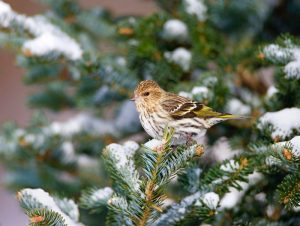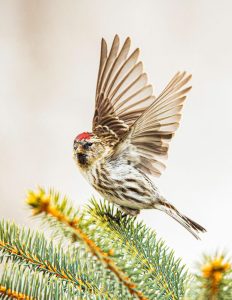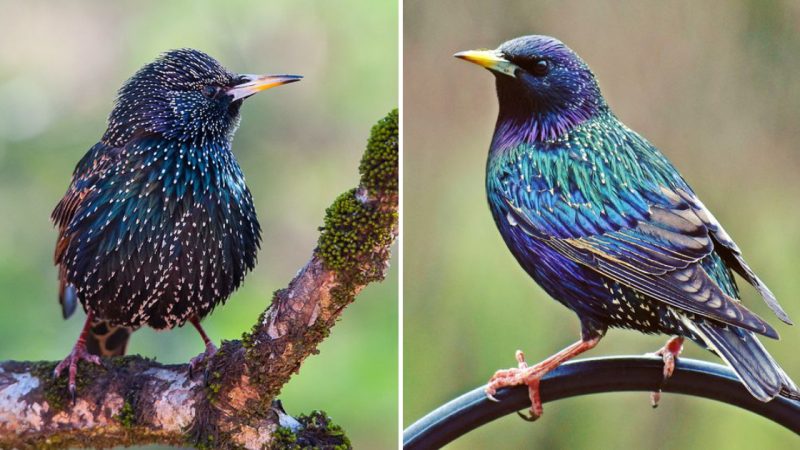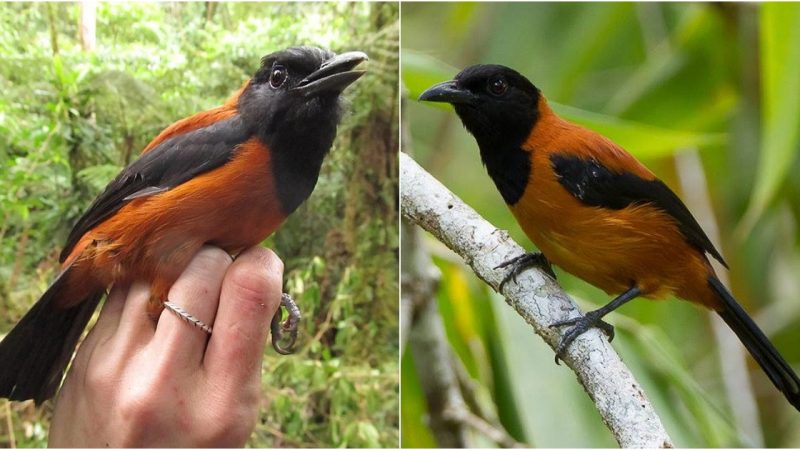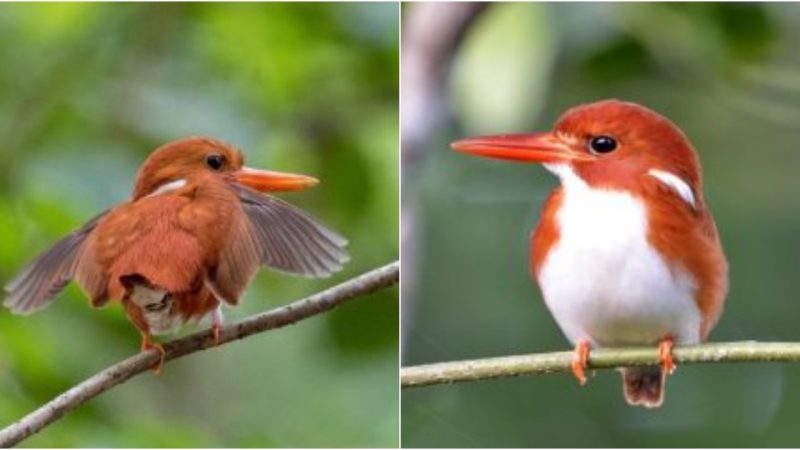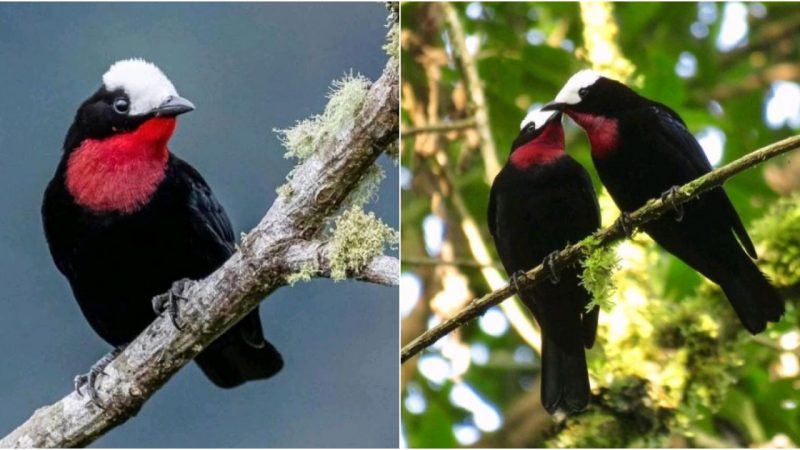Discover the Enchanting Variety of Winter Finches
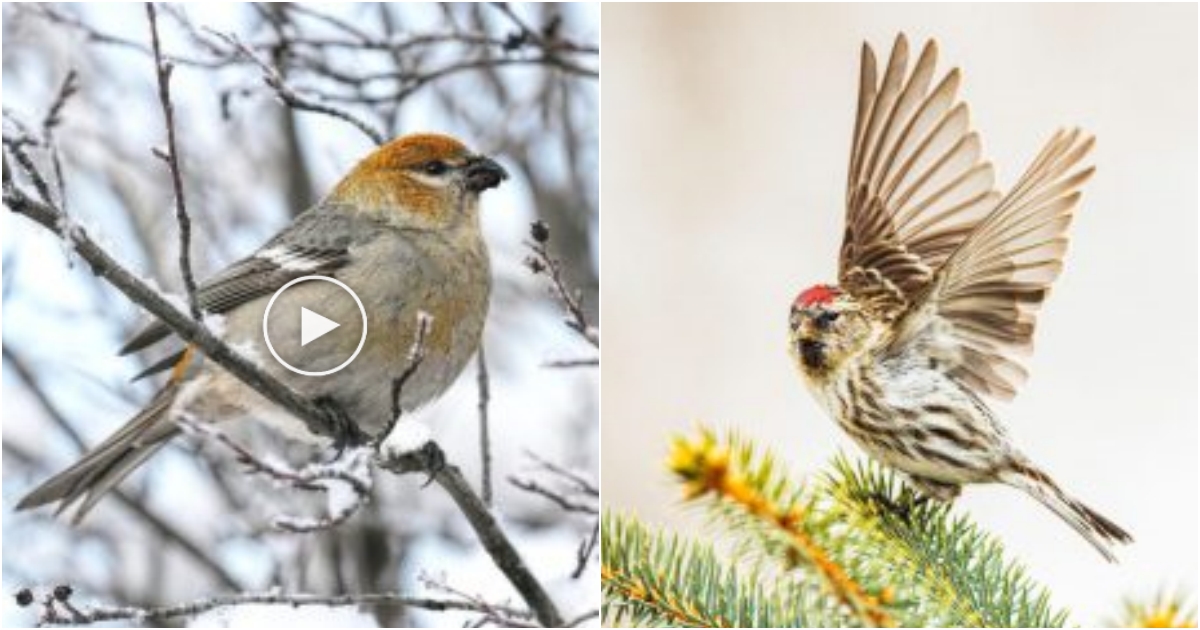
During the winter season, the avian world brings forth a delightful array of finches that grace our surroundings with their presence. These captivating birds engage in irruptive migration, meaning they move unpredictably in search of abundant food sources. While some species favor higher elevations, most are specialized in the boreal forests. Here are seven exquisite species of finches that you might have the pleasure of observing in your yard during the winter months.
1. Red Crossbill
Known for their unique beak adaptation, Red Crossbills possess the remarkable ability to extract seeds from the cones of conifer trees such as spruce, pine, and Douglas fir. These nomadic birds can be found year-round and are highly attracted to areas with an abundance of conifers. Keep an eye on your feeders, as Red Crossbills have been known to indulge in sunflower seeds as well.

2. White-Winged Crossbill
Resembling their red counterparts, White-Winged Crossbills are distinguished by the males’ red coloration, while females and young birds possess a greenish tinge. Their distribution is more restricted, particularly in the western parts of their range. During irruptive seasons, these birds can be observed across the Great Plains and throughout the Mid-Atlantic states. Cemeteries, with their ample tree plantings, can be excellent spots for encountering these crossbills.
3. Pine Siskin
With their distinct ascending zipper calls and constant chattering, Pine Siskins make their presence known. These thin-billed birds often join flocks of goldfinches and are frequently spotted on thistle socks or sunflower chip feeders. Male and female siskins can be identified by the flashes of vibrant yellow in their wings and tails. While they primarily breed in forests, they venture into more open habitats during the winter season.
4. Common Redpoll
The elusive Common Redpolls usually nest in the far north and exhibit a unique strategy for staying warm by burrowing into snow tunnels for insulation. While their typical winter range barely extends into the U.S., in years with significant irruptions, flocks of Common Redpolls venture further south. Although they prefer birch seeds, they readily visit thistle feeders if their natural food source is scarce. On rare occasions, you may encounter Hoary Redpolls among the flock, displaying an even frostier appearance.
5. Evening Grosbeak
Featuring a robust bill designed for cracking seeds and nuts, the Evening Grosbeak is a bird of substantial size, resembling a hefty robin. Once expanding its range eastward, this species has faced declining populations in recent years. Nevertheless, if you’re fortunate, you may witness a flock of these striking birds visiting your platform feeder. Males exhibit vibrant yellow hues with contrasting black and white wings, while females display more subtle patterns.
6. Purple Finch
Among the more common finches, Purple Finches often blend in with other familiar birds that frequent backyard feeders. Look for the distinctive raspberry red coloring of the males to distinguish them from their counterparts. These finches are known to visit the same feeders that attract house and Cassin’s finches, providing an opportunity to observe their graceful presence.
7. Cassin’s Finch
Similar in appearance to the Purple Finch, the Cassin’s Finch possesses a delightful blend of warm pink and brown hues. They can be found in forests and woodland areas during the winter season, alongside other finch species. Keep a keen eye out for these charming birds as they grace your feeders and bring joy to your winter landscape.
Witnessing the diverse and enchanting species of finches during the winter season is a treat for bird enthusiasts. By providing nourishment and creating


